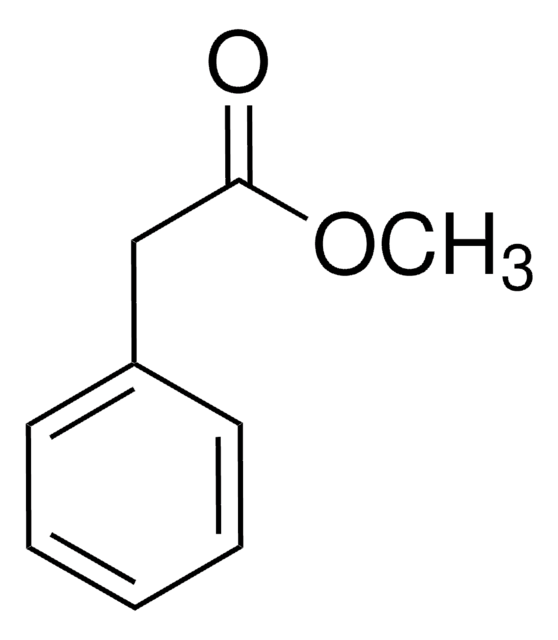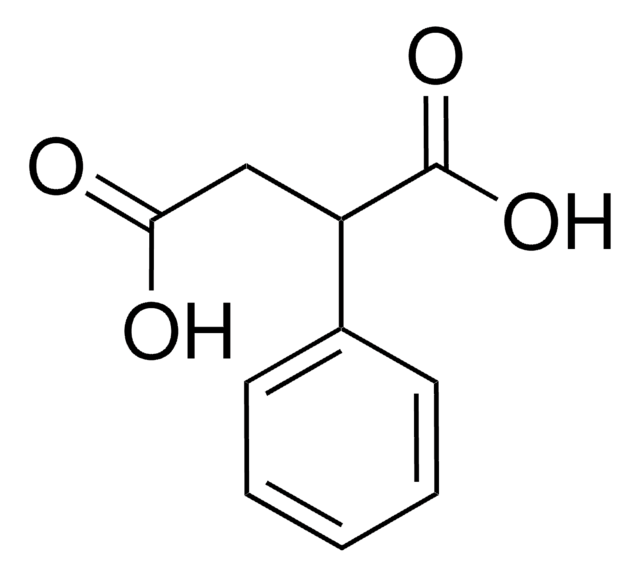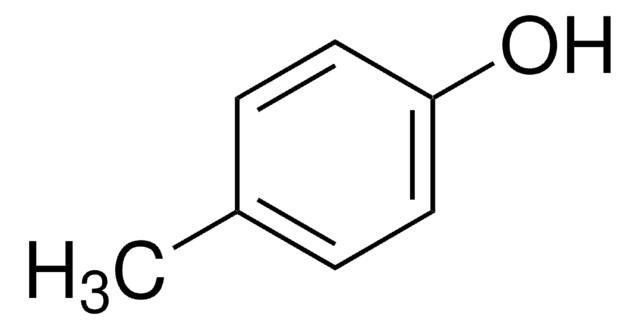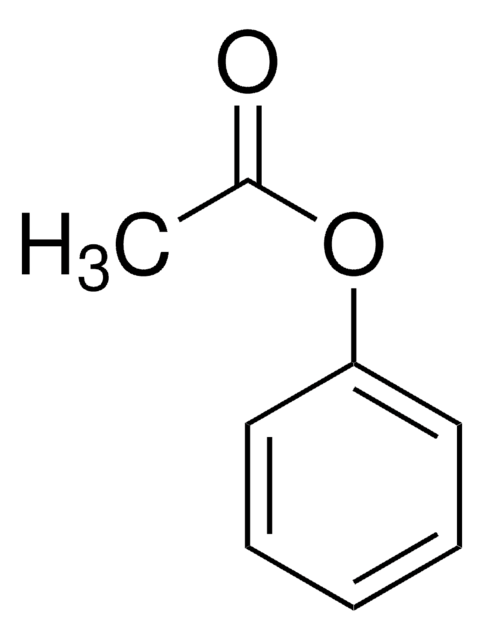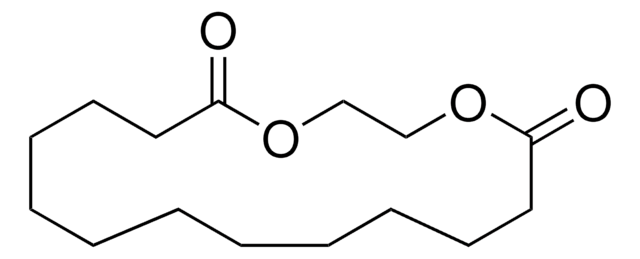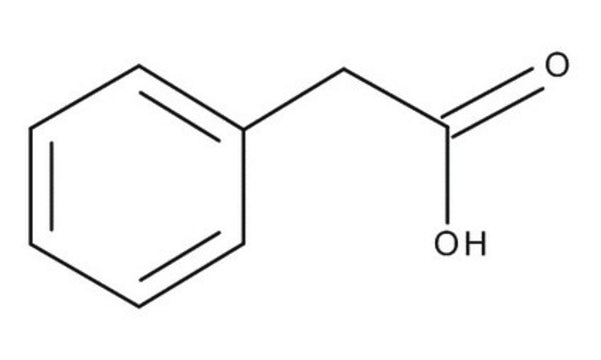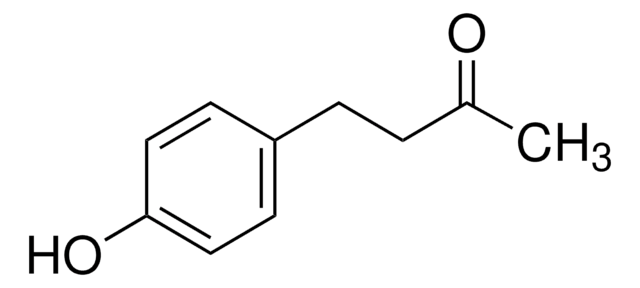W245208
Ethyl phenylacetate
≥98%, FCC, FG
Synonym(s):
Benzene acetic acid ethyl ester, Ethyl 2-phenylacetate, Ethyl alpha-toluate, Phenylacetic acid ethylester
About This Item
Recommended Products
biological source
synthetic
Quality Level
grade
FG
Halal
Kosher
agency
meets purity specifications of JECFA
reg. compliance
EU Regulation 1334/2008 & 178/2002
FCC
FDA 21 CFR 117
FDA 21 CFR 172.515
assay
≥98%
refractive index
n20/D 1.497 (lit.)
bp
229 °C (lit.)
density
1.03 g/mL at 25 °C (lit.)
application(s)
flavors and fragrances
documentation
see Safety & Documentation for available documents
food allergen
no known allergens
organoleptic
cocoa; honey; balsamic; floral; rose; sweet
SMILES string
CCOC(=O)Cc1ccccc1
InChI
1S/C10H12O2/c1-2-12-10(11)8-9-6-4-3-5-7-9/h3-7H,2,8H2,1H3
InChI key
DULCUDSUACXJJC-UHFFFAOYSA-N
Looking for similar products? Visit Product Comparison Guide
Related Categories
General description
Biochem/physiol Actions
Other Notes
Storage Class
10 - Combustible liquids
wgk_germany
WGK 2
flash_point_f
210.0 °F - closed cup
flash_point_c
98.9 °C - closed cup
ppe
Eyeshields, Gloves, multi-purpose combination respirator cartridge (US)
Certificates of Analysis (COA)
Search for Certificates of Analysis (COA) by entering the products Lot/Batch Number. Lot and Batch Numbers can be found on a product’s label following the words ‘Lot’ or ‘Batch’.
Already Own This Product?
Find documentation for the products that you have recently purchased in the Document Library.
Customers Also Viewed
Our team of scientists has experience in all areas of research including Life Science, Material Science, Chemical Synthesis, Chromatography, Analytical and many others.
Contact Technical Service

